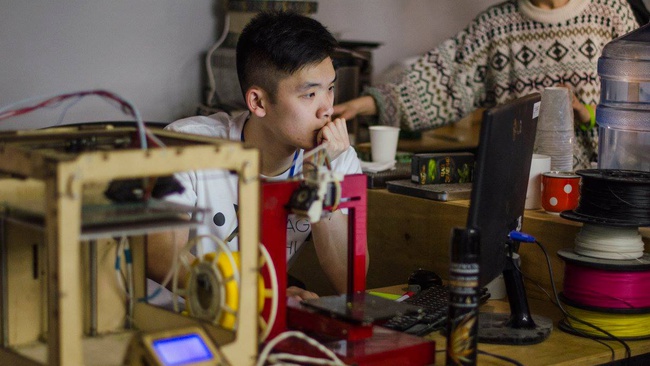Ukraine has been suffering from degradation of higher education: existing universities offer the mostly theoretical courses, the laboratories have not been updated for decades, therefore, the students are supposed to obtain irrelevant and outdated knowledge.
Garage Hub was initiated by 4 students who lacked hands-on practice and hardware based experiments in their university. This bottom up initiative originated in a rented garage, that was rebuilt and equipped at their own expense. Within the first 6 months, they were able to carry out Physics experiments, winning one of the most prestigious European academic contests for students (International Physicist tournament) from their garage. Within the succeeding 2 years this place was transformed into one of the most equipped hobby workshops in Kharkiv with self-manufactured CNC machines and 3D printers, organized a community of science enthusiasts. UCBI supported the initiative in opening a first full scale FabLab in the East of Ukraine.
The team who initiated the project were searching for the ways to provide their peers with fun and accessible way to learn science and engineering.
One of the activities central events was Make-a-thon, a 48-hour challenge when teams from different Ukrainian cities (including communities from previously occupied areas of Donetsk and Luhansk regions) were to develop their ideas related to accessibility of education into prototypes using materials, tools and equipment available at the FabLab (e.g. programmed 3D printers and CNC machines to create specific components and parts for their prototypes). The teams were offered help and mentorship by various experts specializing in programming, engineering, non-format education, social impact, etc.
